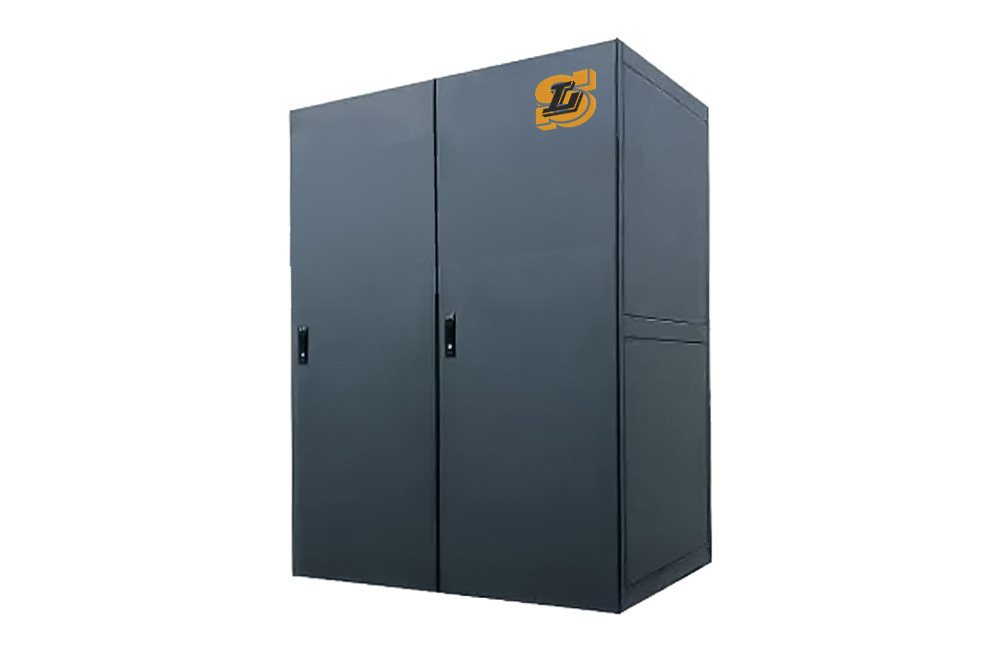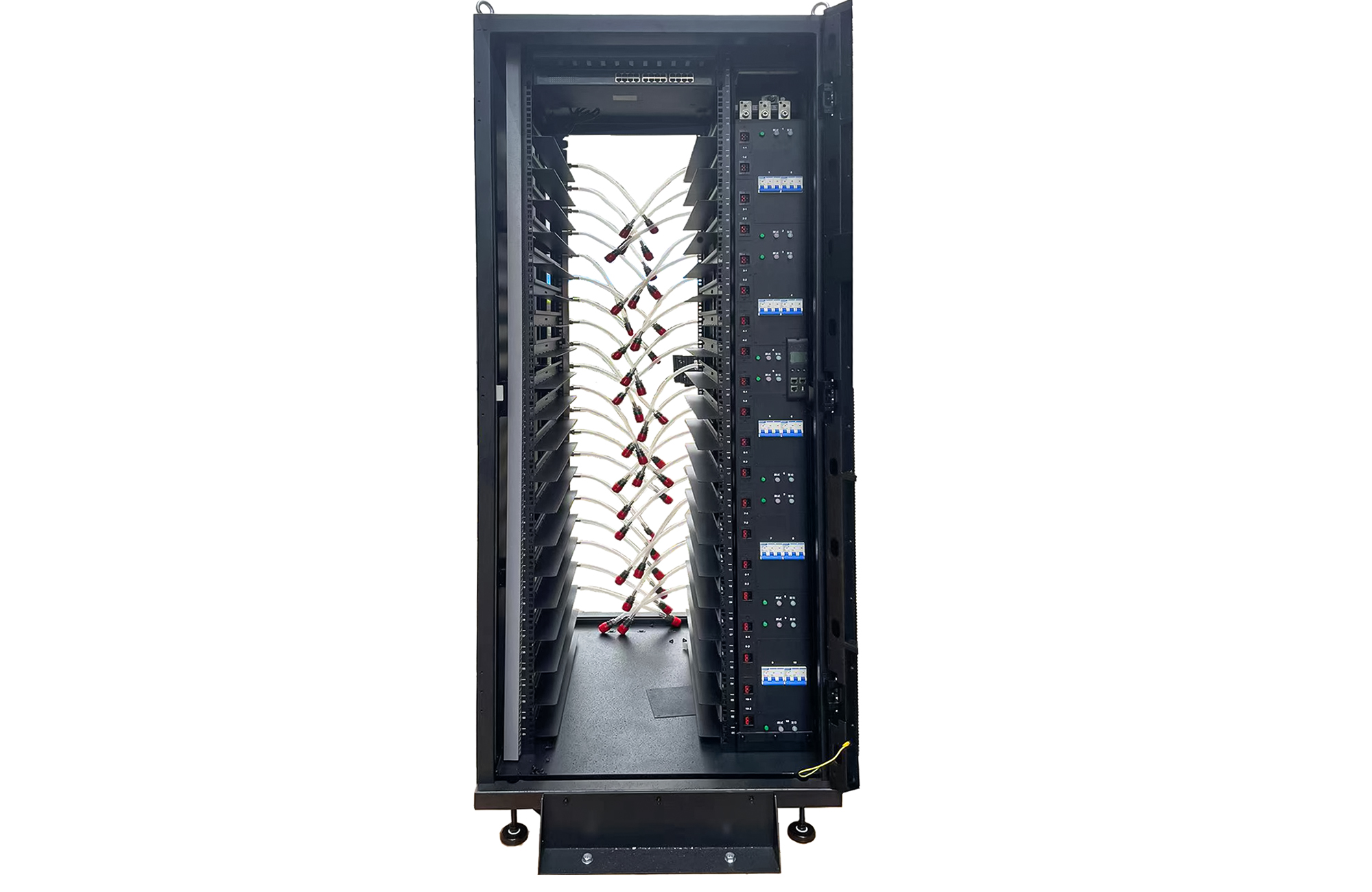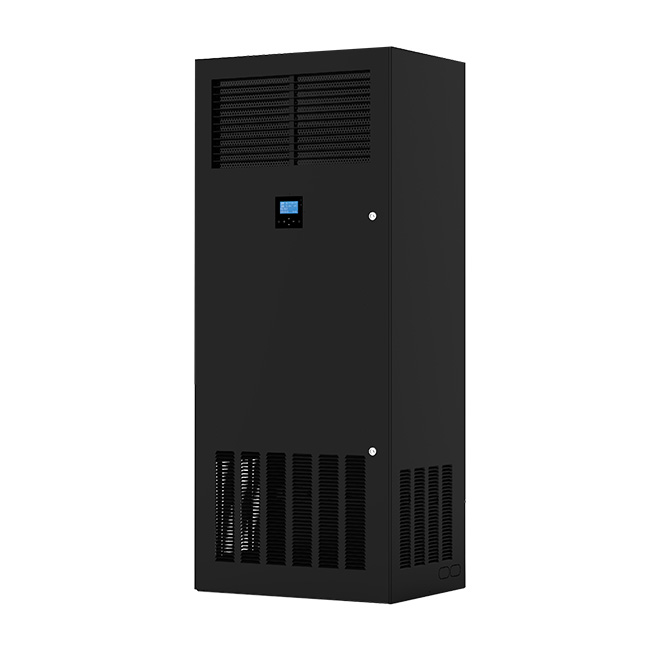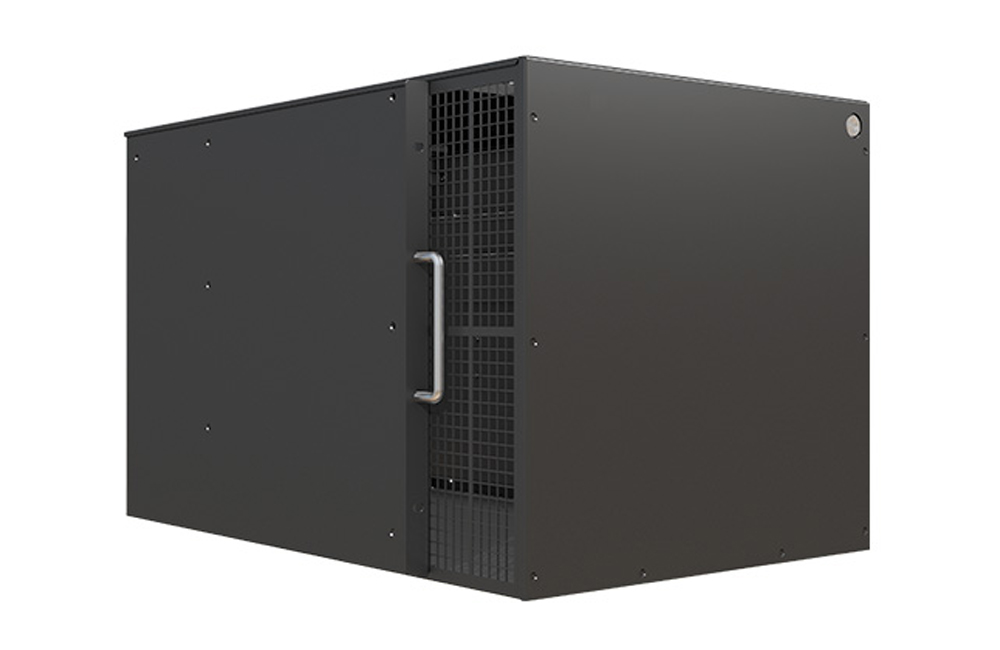Data Center Cooling
Immersion Cooling System for Data Center
An immersion cooling system for a data center is a type of cooling technology that involves submerging IT equipment, such as servers and other electronic components, in a dielectric fluid to dissipate heat. This method is an alternative to traditional air cooling systems and offers several benefits.In an immersion cooling system, the IT equipment is placed inside specially designed tanks or enclosures filled with a non-conductive coolant. The coolant comes into direct contact with the components, absorbing heat generated by the equipment and transferring it away more efficiently than air cooling methods.
Advantages of using an immersion cooling system for a data center:
1. Enhanced Cooling Efficiency: Immersion cooling provides a more efficient cooling solution compared to air-based systems. By immersing the IT equipment directly in the coolant, heat can be dissipated faster and more effectively, resulting in lower operating temperatures and improved overall cooling efficiency.
2. Increased Density and Scalability: Immersion cooling allows for higher packing densities in data center racks. Since the cooling medium is in direct contact with the components, there is no need for large air channels or spacing between devices. This enables data centers to increase the number of servers and computing power in a given space, leading to improved scalability.
3. Energy Savings: Immersion cooling systems can significantly reduce energy consumption compared to traditional air cooling methods. The more efficient heat transfer properties of the dielectric fluid can lead to lower power requirements for cooling equipment, resulting in reduced energy costs for the data center.
4. Reduced Environmental Impact: Immersion cooling systems can contribute to a greener data center operation. The reduced energy consumption mentioned earlier translates into lower carbon emissions. Additionally, the use of non-conductive coolants eliminates the need for harmful refrigerants, making immersion cooling a more environmentally friendly option.
5. Noise Reduction: Since immersion cooling systems do not rely on fans or air movement for cooling, they produce less noise compared to air-cooled systems. This can contribute to a quieter and more comfortable working environment in the data center.


Shenglin on site case in USA

Cold Plate Liquid Cooling System for Data Center
Basically, “touch,” “direct-to-chip”, or “liquid-to-chip” cold plate cooling replaces older, inefficient air-cooled metal-finned heat sinks with liquid-cooled heat sinks. As the name suggests, it attaches a metal plate atop a CPU or GPU, which transfers heat through a heat-spreading material (such as thermal paste) from the chip to the plate. The plate retains the ability to absorb this heat because it is cooled with liquid, which is a much better conductor of heat than air.
The heated liquid circulates from the plate through a coolant distribution unit (CDU) to the facility water loop. This may be connected to a chiller, or even cooling towers, then directed back to the plate. Since cold plate only cools the CPUs (which typically account for 60-70% of the total heat load), air-cooling is used to cool the remaining 30-40% heat load. This makes cold plate technology a hybrid solution that involves both liquid and fan-blown air cooling.
Cold plate is probably the most popular (and one of the oldest) forms of liquid cooling in the world of electronics and IT. Although most recognize the improved performance and efficiency it offers over air-cooling, the cost, complexity and potential risks involved have prevented large-scale adoption of liquid cooling.

About Data Center Dry Cooler specification, you can visit here: https://www.shenglin-tech.com/products/dry-cooler.html
+Newsmore
- 01 Feb,2024Dry Cooler D4-8x910 In Stock Is On Sale! Discount!
- 06 Sep,2023Pad Adiabatic Dry Cooler Trial Operation Before Shipment
- 06 Sep,2023828kW Adiabatic Cooling System Dry Cooler Loading
- 17 Aug,2022Flat Type Dry Cooler Finished For Canada Client
- 06 Sep,20231061kW dry cooler loading for USA client
- 31 Mar,2021Peru client Install Shenglin Adiabatic Dry Cooler At Site




















